Innovative Pads, 8 GB RAM in Verbindung mit dem neuen OS sowie mit einigen neuen Plug-Ins und Expansion Packs. kool. Internes Mikro macht Spaß. XLR- Anschluss mit 48V Phantomspeisung -gut. Touchstrip kann was, aber die XY-Funktion auf dem Touchscreen konnte auch schon einiges.
Schade das bei OS3 keine Drum Program Ebene/ Programlist mehr existiert. Man kann also nicht mehr einmal in den Browser gehen und aus verschiedenen Ordner verschiedene Kits, Keygroup- oder Clip-Programme mit einmal laden und diese anschließend einfach auf einem Track durchscrollen. Es geht nun: Add Track >> Menu> auswählen eines Kits >> Main >> Add Track >> ... oder man bleibt im selben Track und geht jedesmal ins Menü und lädt ein neues Kit, wobei jedoch das Kit zuvor aus dem Projekt wieder rausfliegt. Ist nicht so sexy.
Schön, dass die Form beibehalten wurde, da man die MPC sehr gut auf dem Schoß platzieren und spielen kann, was mit der One oder der SP-404 nicht so gut klappt.
Optimiert für Home Portability. 3,9 kg und größere Maße - ok, um in den nächsten Park zu gehen. Für längeres Mitnehmen im Rucksack würde ich lieber auf die Live 1 (2,7kg) zurückgreifen.
Ich persönlich benötige nicht den Touchstrip und den Step Sequencer als Buttons (Step Sequencer auf dem TouchScreen gibt es ja auch und funktioniert gut).
Es ist nun ein Lüfter verbaut -finde die 4 GB RAM bei X SE und key 61 charmanter, die noch ohne auskamen, geht ja doch nur kaputt.
Die Pads erinnern an die von NI Maschine und sind größer und dichter beieinander. Die Einteilung in Zonen, die man editieren kann, ist genial. Nach einer Weile, wird es mehr Spielerei bzw. macht eher Lust auf einen vollwertigen 64-Pad Controller wie die Push 3.
Das originale Apple-Kabel (usb-c auf Lightning) wird nicht erkannt, komischerweise aber ein usb-c auf usb-Kabel, was mit einem Nachbau-Lightning-Adapter verbunden ist. Damit ist direktes Sampling vom iPhone möglich. Bei den neueren iPhones mit usb-c funktioniert aber auch usb-c auf Klinke Kabel, was also herkömmlich über Audio-In verwendet wird.
Umgekehrt - also ein Video auf dem iPhone aufnehmen mit dem Sound direkt aus der MPC- ist nicht möglich, sondern geht nur über Klinke>>ext. audio interface>>usb-c/usb>Foto-Adapter>iPhone.
Der Rec Vol-Drehregler wurde abgeschafft. Es gibt nun ein Input-Fenster, so dass man dieses per Button öffnen und per Touchscreen den Input regulieren kann/muss. Warum?
128 GB interner Speicher -nach wie vor wird der interne Speicher nicht am Computer angezeigt, wenn man einen anschließt. Also wird weiterhin eine SD-Karte oder SATA-Karte benötigt, um bequem Projekte, Kits und Samples zwischen MPC und Computer zu übertragen.
Stärkste MPC bisher und eine eierlegende Wollmilchsau.
Für mich zu groß/schwer, um sie viel im Rucksack zu tragen. Da pack ich lieber die Live1 zusammen mit dem MPK25 mini sowie einem separaten Speaker ins MagmaCase ein und hab noch Platz im Rucksack. In dem Sinne hätte ich gern die Pads, 4 GB RAM und das Mic in einer flacheren Live1 mit kippbaren Display. Eine Vorhörfunktion wie bei DJ-Mixern, so dass ein Loop laufen kann über Main Out, und man währendessen weitere Samples bearbeiten kann auf Kopfhörer - wäre hammer für Jam Sessions. Wäre auch super, wenn es mehrere Eingänge gäbe und man mindestens noch 2 Geräte über Audio-In dazumischen kann plus Mikrofon. Es gibt ja zusätzlich die Cinch Anschlüsse -diese sind leider nur für das direkte Anschließen eines Plattenspielers gut. Bei anderen Geräten klingt es scheiße und man muss die Klinke Eingänge verwenden.
Beim Finger drummen kommt man schnell versehentlich an die Buttons unterm Bildschirm, diese sind dichter an die Pads herangerückt. Akai verwendet den gleichen Plastik Rotary Knob wie vorher - Diese fliegt gern früher oder später ab. Da hätte eine fixierbare Lösung geholfen.
Über die Wartung, zum Beispiel, wie leicht sich das Gerät öffnen und die Pads reinigen lassen, ist nichts bekannt. Wird vom Hersteller nicht empfohlen, kenne aber keinen Heavy User, der nicht mindestens 1x im Jahr die Pads "von unten" reinigen muss. Das Display ist das gleiche -finde es auch sehr angenehm und v.a. langlebig. Die Spaltmaße zum Chassis sind größer geworden. Keine Lüftungsschlitze mehr auf der Rückseite - ist evtl. beim Anbringen von seitlichen Holzpanelen oder von Stands zu bedenken, da an den Seiten die einzig verbliebenen Öffnungen sind.


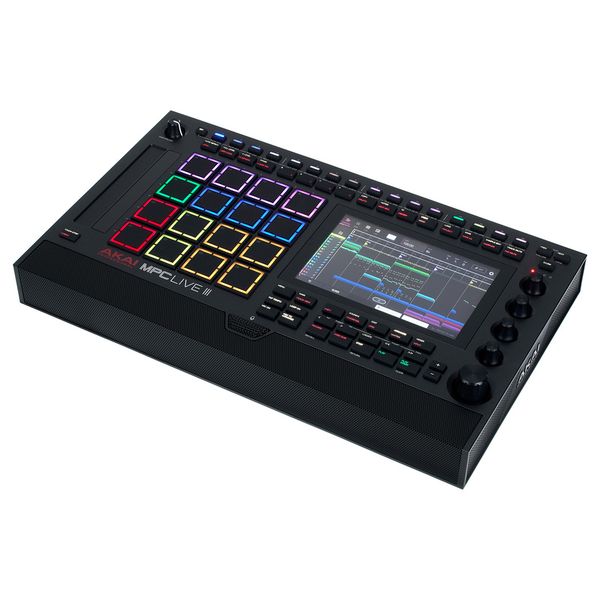
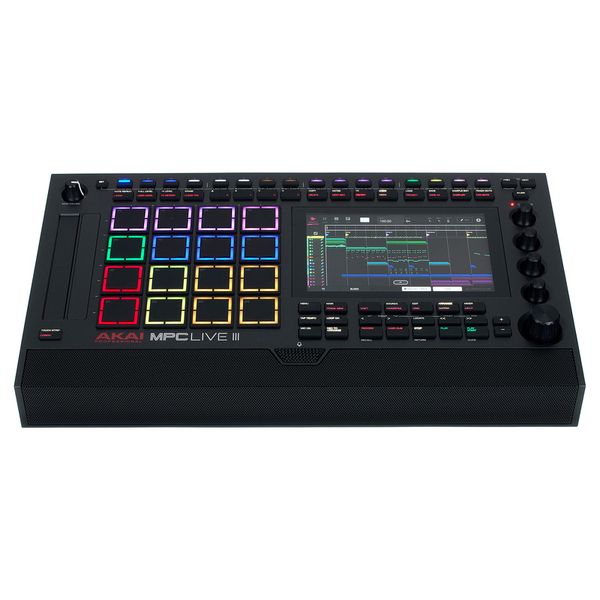
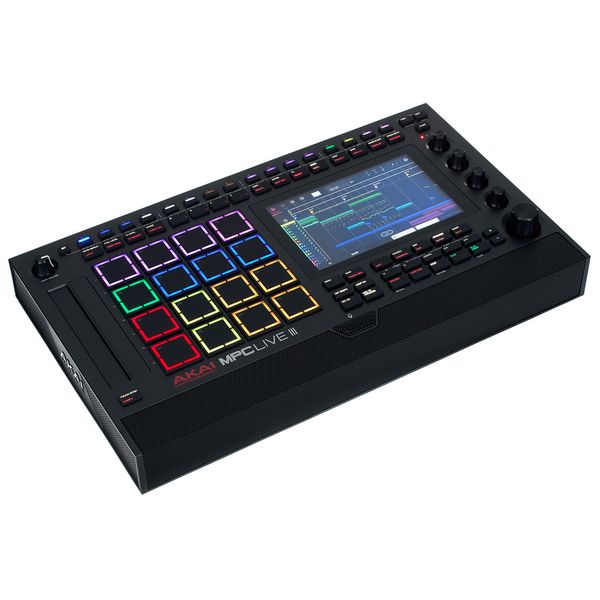
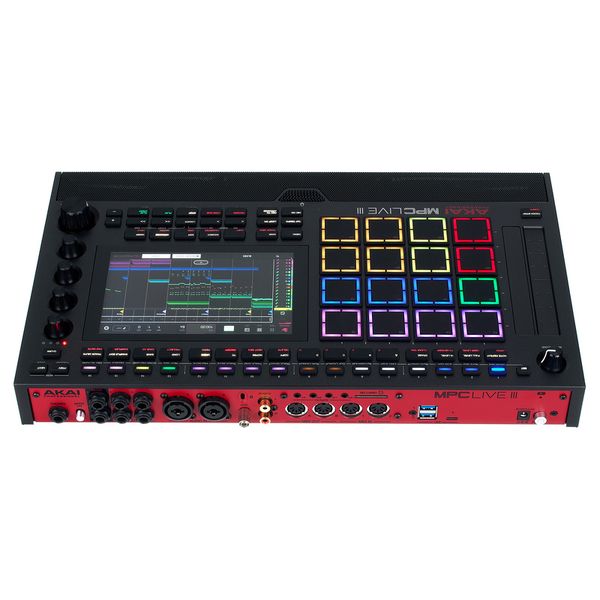
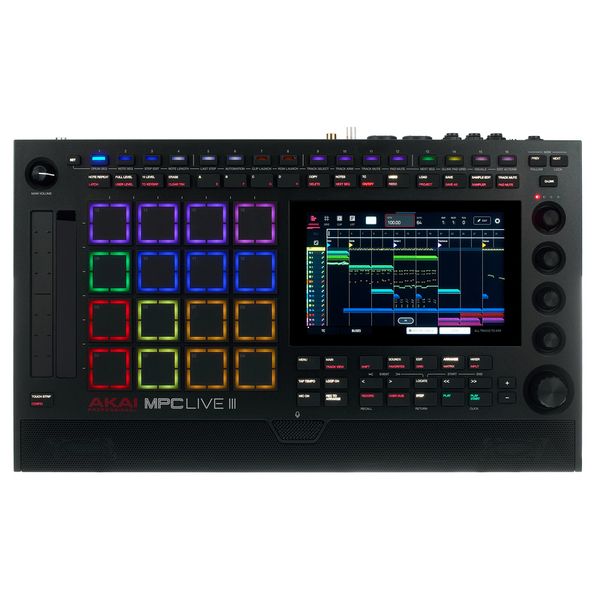
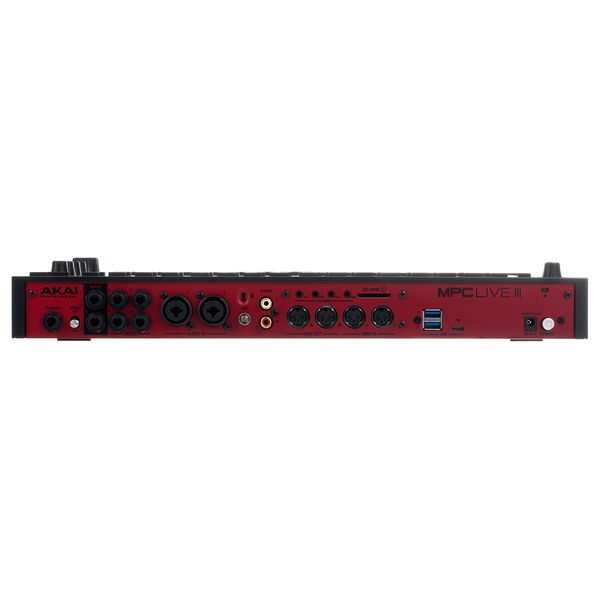
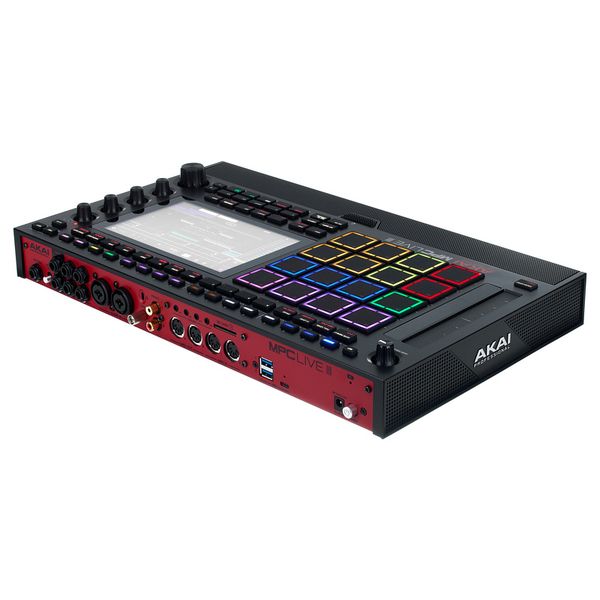
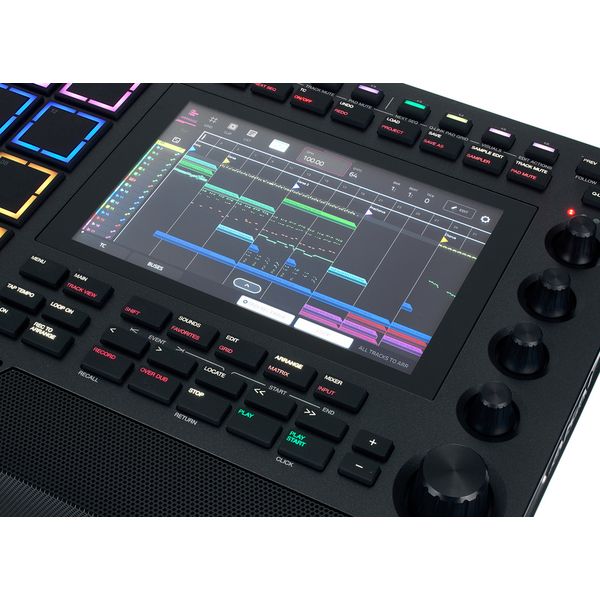
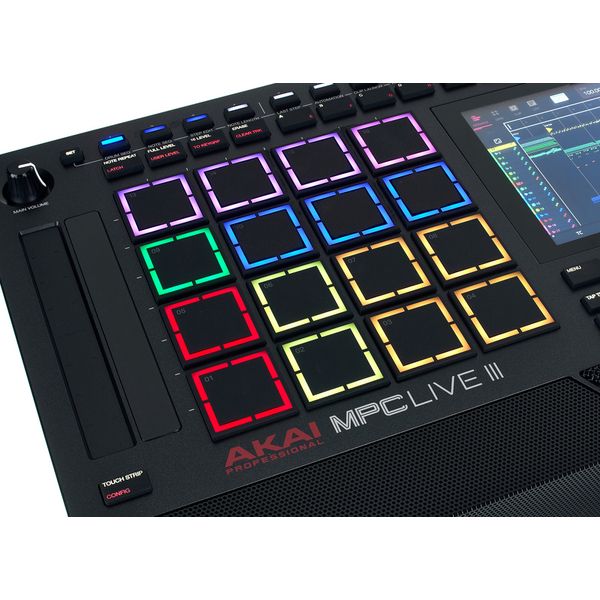
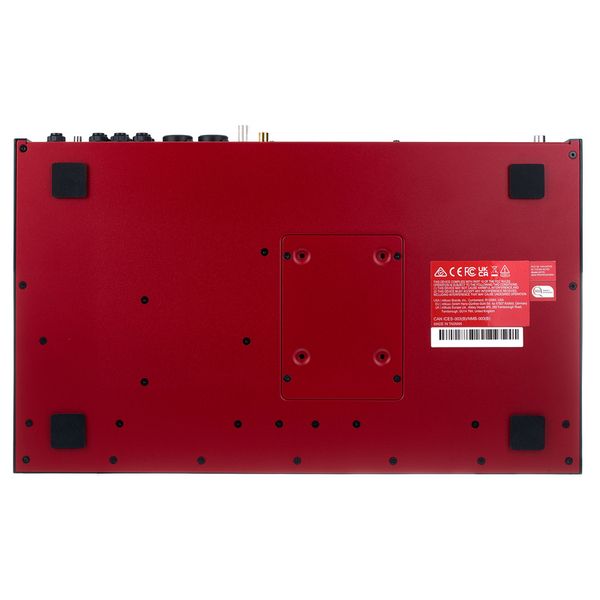
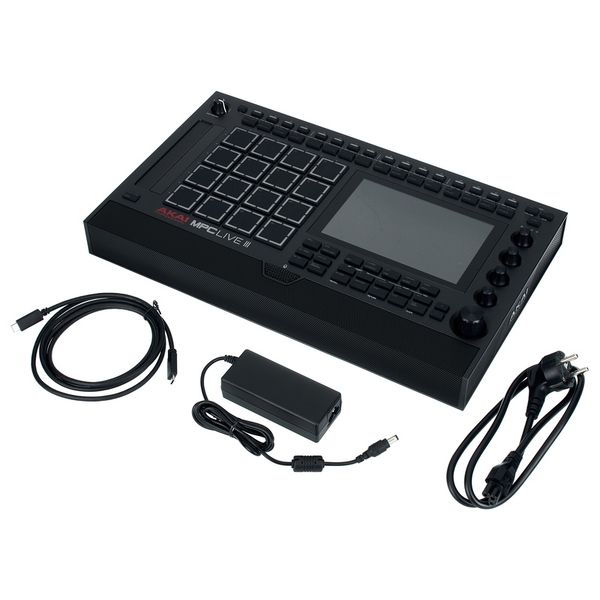












)
)
)




